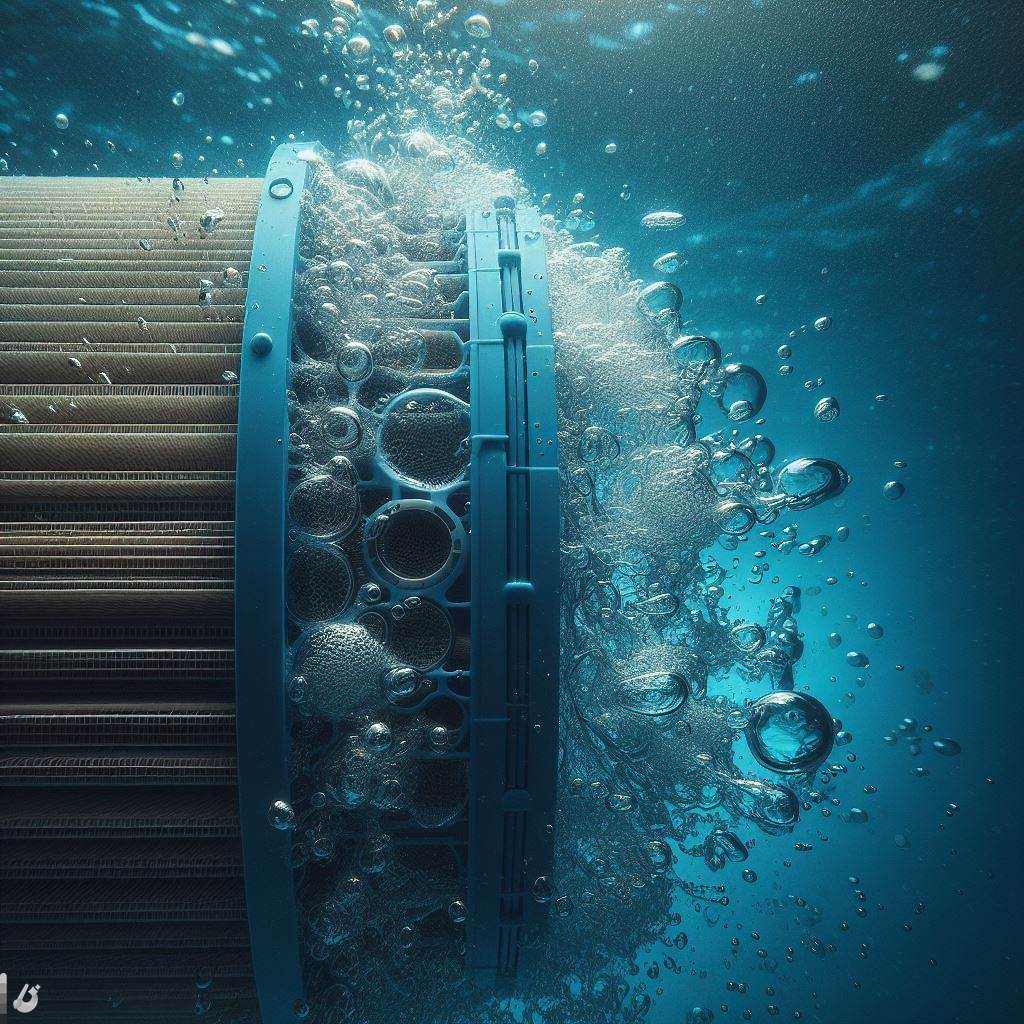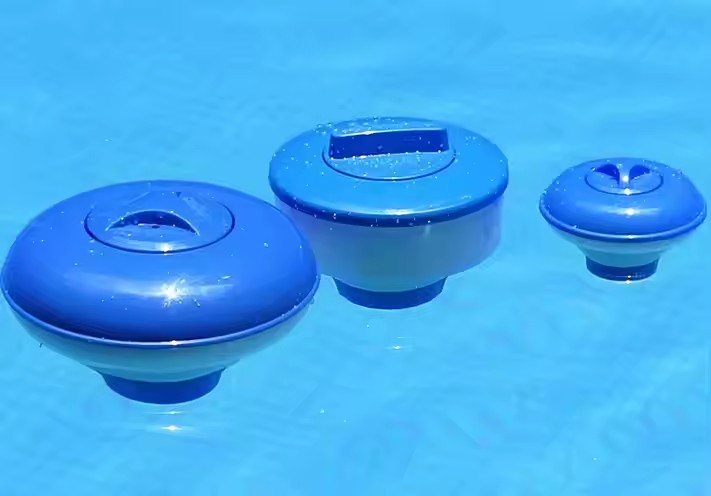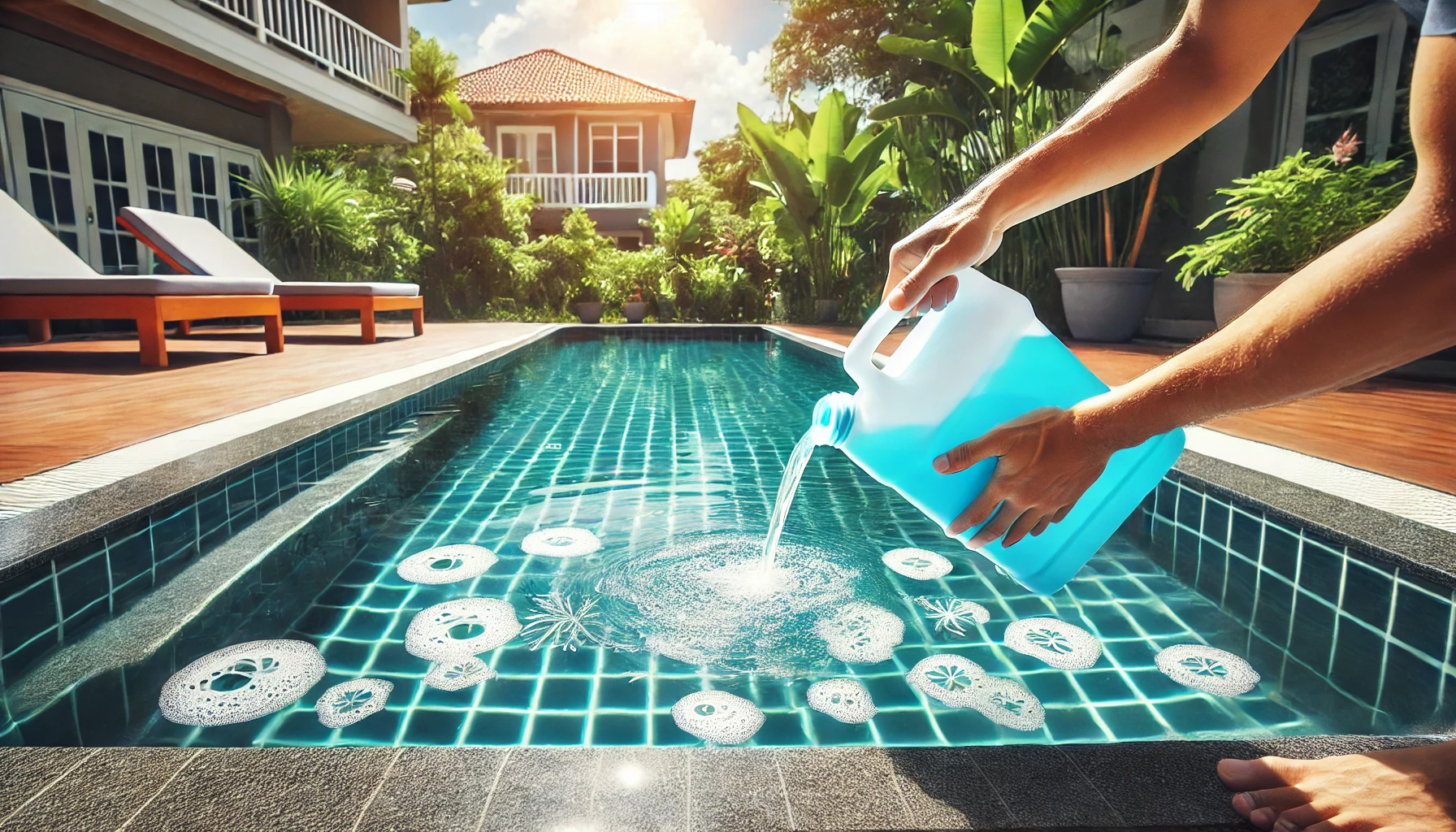The filter material in the pool sand filter of the swimming pool plays an crucial role. The principle involves water flowing through the filter layer from top to bottom, removing suspended matter and viscous particles, thereby reducing water turbidity and achieving purification. Currently, commonly used filter media include quartz sand, activated carbon, and AFM filter media. This paper mainly introduces the important function of the filter media in the pool sand filter and analyzes the advantages and disadvantages of different filter media.
Filter principle of pool sand filter
The principle of the pool sand filter is that the pool water containing suspended pollutant particles is pressed into the pipeline by the water pump, and then the sand cylinder head is guided by the water inlet and the water outlet. The pool water passes through the filter sand, and the tiny pollutants are captured and filtered by the filter medium. The filtered water is guided from the bottom of the filter through the control valve from the pipe back to the pool, this process is continuous and circular.
The important role of filter material in pool sand filter
In addition to the pool filter, the choice of filter material is also very important. As a medium for removing dirt, the filter material is loaded in the chamber of the filter to collect and filter the tiny pollutants. Then the filtered water is returned to the pool from the bottom of the filter to achieve the purpose of circulation purification, and the correct level and weight of filter material need to be filled according to the requirements. The traditional quartz sand filter media will harden after a long time, and the filtration accuracy will be reduced. The AFM filter material has its own disinfection function, preventing the breeding of microorganisms from the source. This can also reduce the use of disinfection agents, resulting in cleaner water quality.
Introduction of quartz sand filter material in pool sand filter
Refined quartz sand is commonly used for swimming pool filtration. In the sand tank, it is generally necessary to replace it in 2 to 3 years, and usually after being polluted, the quartz sand covered by pollutants can not have a good filtration effect again, and can only be replaced. The particle size of refined quartz sand filter material is different, there are fine quartz sand with a diameter of 1-2mm, medium quartz sand with a diameter of 2-4mm, and coarse quartz sand with a diameter of 4-8mm. Quartz sand of different sizes has unique characteristics. Fine quartz sand can filter out small impurities, but the filtration speed is relatively slow; In any case, coarse quartz sand has a faster filtration speed, but the filtration effect may be slightly compromised. The choice can be made based on the actual situation of the pool.

Swimming pool with quartz sand filter based configuration rules
Due to the continuous and unstable sources of pollution in the swimming pool, the pool needs to be constantly filtered and disinfected after construction. Reusing pool water repeatedly. The pool sand filter is to filter and clarify the polluted water containing impurities in the pool, and return the clean water quality to the pool.
The advantages and disadvantages of different filter materials of pool sand filter
Quartz sand filter material has the disadvantage of being easily eroded by bacteria, once the filter material is eroded, it will not only reduce the filtration performance of the filter material, the filter material may become a new source of pollution, prone to compaction, and the quartz sand filter material needs to be replaced frequently to ensure its filtration efficiency.
AFM filter material filtration effect is more than 30% higher than that of quartz and glass sand. It’s also more durable than quartz sand filter material and has biological resistance and self-sterilizing properties. These characteristics ensure that the biofilm will not form on the filter bed and that it will not be hardened. With a filtration accuracy of 4 microns, it can effectively adsorb microplastics, grease, and organic matter in pool water.


